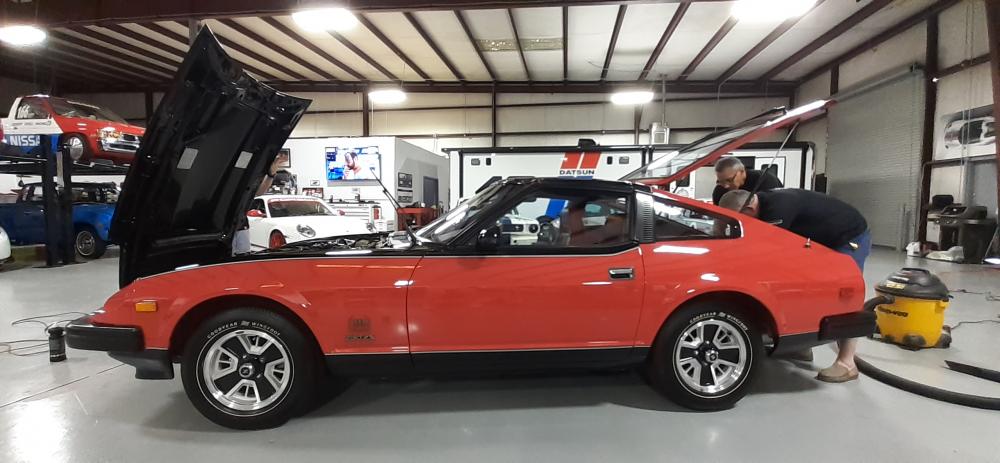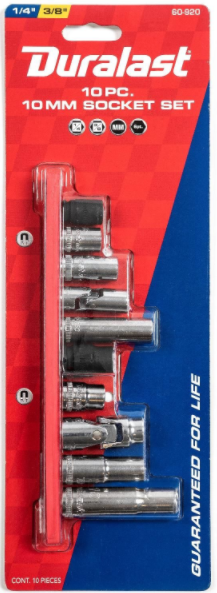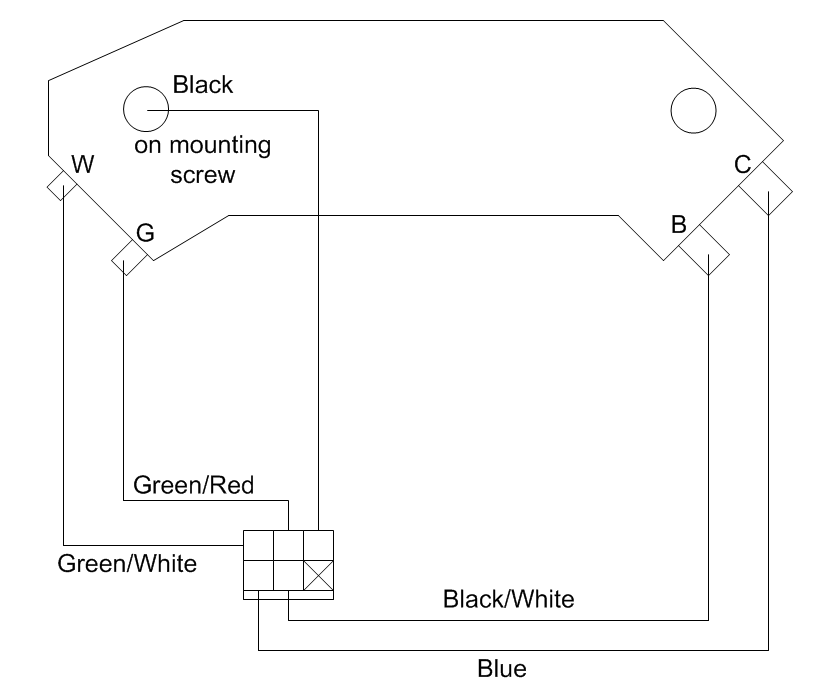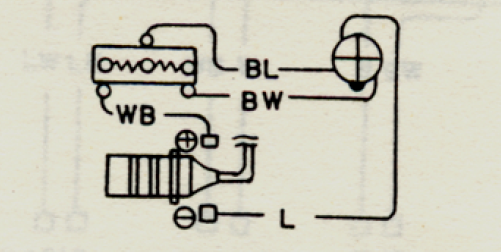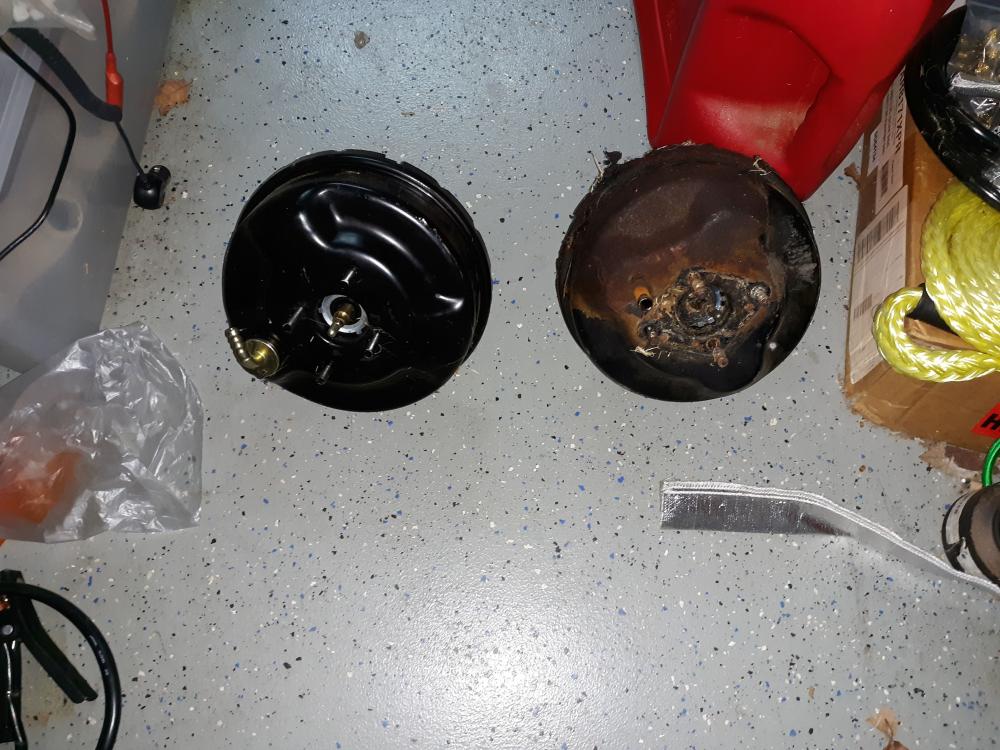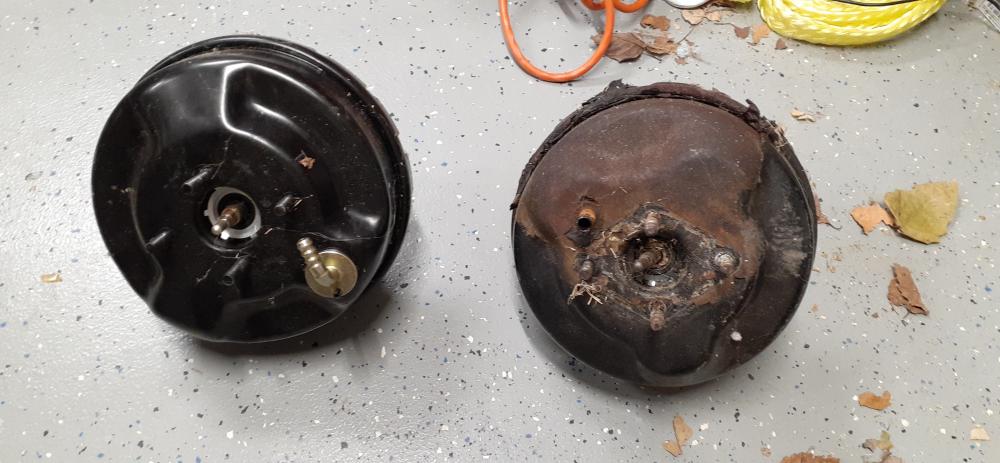Everything posted by SteveJ
-
ZCON Prep
The young man who detailed the car is VERY good. I kept walking around the car to admire it. This is the holy grail of original 280ZXs.
-
ZCON Prep
-
74 260z distributor on wrong ??
When checking for spark at the coil, this is what I did. And that was from a 280ZX distributor that had wobble in the shaft, so it didn't have the proper gap at the reluctor.
-
Father's Day Gift Idea
Do you need to drop a hint about what your kids should get you for Father's Day? https://www.autozone.com/ratchets-sockets-and-wrenches/socket-set/duralast-10mm-socket-set-10-piece/582151_0_0?spps.s=3827&cmpid=LIA:US:EN:AD:NL:1000000:TLS:71700000060668368&gclid=Cj0KCQjw8IaGBhCHARIsAGIRRYrdJYwuRUVPbX4xGYByivEdXCmfN4kouAnXE0V4H-HS7NJd_3-iH4oaAqGfEALw_wcB&gclsrc=aw.ds Of course, the chances are that you'll lose them in the same places that you lost all of the others...
-
Remote starter
Given all you have told us about the remote starter...maybe You might want to give the manufacturer/model of the product and post the wiring diagram that came with it. Do you have a manual or automatic transmission?
-
Branson 21 Things Really Got Cookin!
Well, I guess I qualify for the group now...
-
1974 260Z electronic ignition control unit help
The old testing units are LONG gone from Nissan. Testing with the coil wire near the shock tower is one way. If you aren't ready to fix the issue with the ballast resistor, you can look for resistance to ground at the negative terminal of the coil. Holding the key in start, you should see the resistance fluctuate as the TIU closes the circuit to ground. As for plug and play? Nope. However, I did lay out most of what you would need to do to create an affordable alternative.
-
280z Bosch Relay Correlation? Stock Relay vs Porsche Relay
It looks like it's the same between the 78 and 79.
-
1974 260Z electronic ignition control unit help
The problem with doing it in the engine bay is that the 260Z has a connector that does not match the 280Z distributor connections that you are thinking of. I didn't trace out all of the circuit paths for the B/Y vs B/W wires, so I included diodes to prevent backfeeding out of a sense of caution. However, from a more detailed look at the EE and EC section, I have determined that the B/Y wire would not be needed for the HEI conversion. Therefore the diodes aren't necessary. Here is the revised diagram.
-
1974 260Z electronic ignition control unit help
I'm not sure if the connector on the other TIU lines up. Do you feel adventurous enough to modify the ignition? With an HEI ignition module, a couple of diodes, a heat sink, heat sink paste, and a connector from Vintage connections, you could make a replacement ignition unit that would be pretty darn reliable for about half the price of that TIU you have in the last photo. (@Zed Head are saying the same thing.) Here is how you would wire the HEI for the TIU connector in the 260Z with the 6 pin rectangular connector. (Edit: Changed for the revised diagram in my later post.) Note: the connector as I have is drawn is a mirror image to the connector shown in the FSM wiring diagram per the Nissan drawing practices.
-
280z Bosch Relay Correlation? Stock Relay vs Porsche Relay
No, the relay won't work in the 78.
-
Gas Monkey 240Z seats
But, but, but...they have been touched by the guys working at Gas Monkey Garage! 🙄
-
1974 260Z ignition coil wiring help / ignition module
You would want to test it the way I described. Your testing would not yield good results. With the ignition in ON, you would see voltage to ground at the positive and negative on the coil, except when the TIU is triggered by the distributor. (This is on a properly wired/functioning ignition.) For a stock configuration, it should be a white/black wire on the positive. The blue is on negative, as in your photo. The white black should go to the ballast resistor. There should be a black/blue on the middle terminal of the resistor (starting) and black/white on the opposite end of the resistor (running). The TIU is in the passenger footwell, likely on the firewall. Now, for the stray wire in your photo, you would have to clean it off enough to tell me what the wire color(s) is. My first guess is that it might be one of the wires that goes to the ballast resistor.
-
1974 260Z ignition coil wiring help / ignition module
You said you're not an electrician, and now you're making me break out the electrical engineer. The coil is a step-up transformer. You are going from 12VDC up to 30,000 VDC or higher. The higher voltage will be induced when you have a complete circuit on the 12VDC side. However, if you have a complete circuit all of the time, you won't develop the magnetic fields on the primary side to induce the voltage on the high voltage side. When the engine is turning, the reluctor passes near the pick up coil in the distributor, and it creates a signal for the Transistor Ignition Unit to ground the blue wire. Current flows, a magnetic field is developed on the primary side, a voltage is induced on the secondary side, that induced voltage is at a high enough potential to overcome the resistant at the gap at the spark plug, and you have your spark. Now don't worry about much of anything in the previous paragraph until you REALLY want to understand ignition systems. With how you measured, you don't have power on either side of the coil. Power is voltage and current. You measured voltage on both sides of the coil. No, I'm not being pedantic. I hope this comes clear in a minute. In it's normal state, the ignition system is an OPEN circuit. With the key in the ON or START position, you are connecting it to the positive side of the battery. There is nothing connecting the ignition circuit to the negative side of the battery (ground) until the TIU connects it to ground. The primary side of the coil is just a long piece of wire, so it will have essentially the same potential at any point in that circuit. So the short answer is that you are using the meter properly, and you're probably seeing the voltage you should be seeing. If you are wondering whether or not the TIU is working, pull the coil wire off the distributor, with the coil wire connected to the coil. Position it close to one of the bolts on the shock tower (like about a 1/4 inch or so). Try to start the car. You should see the spark jump between the coil wire and shock tower.
-
1974 206Z electric fuel pump question
Charles has a good point, Shawn. Start with the easy stuff first. That would be the first paragraph in post #6. It sounds like the electric fuel pump operation will be more challenging for you to diagnose, but that's okay. Also, let's pause to talk about safety. There is a good chance you'll be needing to work around the gas tank. Do you have access to a lift or solid jack stands? Jack stand points are shown in the FSM. Wear safety glasses to keep all of that old grease out of your eyes, and your Covid mask will keep that crap out of your mouth (experience talking here). If you need to replace the hoses in the tank, drain the gas tank. There is a drain plug on the tank. Just make sure you have enough storage to catch the gas. I like using a huge oil catch pan (5 gallon) and have a couple of 5 gallon gas cans in case the tank was pretty full. Have plenty of 5/16 fuel line (low pressure fuel line will work). If you remove lines, do it section by section so you don't accidentally mix up your supply and return from the tank. As I mentioned before, if the fuel line around the electric fuel pump has never been touched, it is definitely old and brittle. When I dropped the tank to remove the rear bumper many years ago, those lines snapped like dried twigs. Have compressed air available to blow out the hard lines, too. It doesn't hurt. You may need to drop the tank and clean it out, too. That is a technically easy but time consuming process the first time you do it.
-
240Z Tach Wiring After 123Ignition Install
The resistor value is 2.2kOhms.
-
1974 206Z electric fuel pump question
The relays are at the passenger kick panel near the fuse box. They are most easily identified by matching the wiring diagram to the relays.
-
1974 206Z electric fuel pump question
Yes, there are things not covered in the manuals. Trust me. I've spent years reading posts on this site and others to learn. However, do not discount what is in those manuals, such as the location of the filter and the relays. 😉 Your fuel problems could be anything from junk in the tank, to a clogged filter or pump, to a cracked hose that lets air into the system. The maps for most of the things you want to test/inspect are in the FSM. For the filter, look at page FE-7, just don't look for the word filter. The relays can be more of a challenge to test, but they can be tested. You'll need a voltage source (a 9 volt battery can work for this) and a multimeter set to resistance to check the contacts. You use the voltage source to activate the relay and ensure the contacts operate properly. When you have the materials together to test, we can go more into the details of testing. That way you don't have to search through as many posts. Also familiarize yourself on how relays work if you haven't played with them before. https://www.explainthatstuff.com/howrelayswork.html As for the asbestos, yes, the insulation on the fuel rail is asbestos. It's mostly a sleeping dog. If you don't disturb it, nothing happens. If you need to move it some, wet it down well before touching it so it doesn't throw off as many fibers.
-
FONT size
We could always just use a larger font to reply to you. I feel like I'm talking to an old man. 😉 Note, that the default font size is 8 point. @MikeSo many of us here are old farts, can you make the default font size 12 or 14?
-
1974 206Z electric fuel pump question
From the factory it started with the 74. The factory had a retrofit kit for the 73 that has the same design for the electric fuel pump...for the same problem (vapor lock). That kit was also when wrapping the fuel rail started, and that's genuine asbestos on the fuel rail, too. You have presumed much, but what have you diagnosed? What is the fuel pressure? Have you inspected ALL of the fuel hoses from the tank to the mechanical fuel pump? What is the condition of the fuel filter? If you haven't found the electric fuel pump, you probably haven't found the filter. As for the electric fuel pump, is the wiring intact? Is the pump still installed? Are the relays working? If it's a bad relay, it's a much cheaper fix than replacing the fuel pump and then realizing you need to replace one (or both) of the relays. It's easy to throw parts at a problem, and it's easy to get frustrated when you realize you have spent a fair amount of money without solving the problem. I ask a lot of questions and tell you to read the FSM because I want you to fix the car right and as cheaply as possible. You have better things to do with your money than waste it on a wild goose chase. Pay attention to the questions and post answers. If you don't understand the question or how to get the information to answer the question, ask. Just put some effort into it. You'll learn a lot, and you'll get a lot of help.
-
1974 206Z electric fuel pump question
It should run without the pump working. Lord knows my 73 did (ran until parked...). However, that is only if the rest of the fuel system is fine. Symptoms of the bad pump could be low fuel pressure or hard starting when the car is hot (vapor lock). It's not that hard to change, but you better have something to clamp off the line. It might be better to diagnose the system than just throwing parts at it. Maybe even bench test the old fuel pump. Here's what it looks like: https://www.google.com/search?q=260z+electric+fuel+pump&sxsrf=ALeKk00okqF6AEt_qSB308PAhruYMtew0Q:1622676245782&source=lnms&tbm=isch&sa=X&ved=2ahUKEwiQ9tuJjPrwAhUvU98KHePYB-UQ_AUoAnoECAEQBA&biw=1920&bih=880 Of course, if the fuel lines back there are old, expect to have to replace them. The stock hoses were formed hoses so you have to get some 5/16 metal elbows with extra hose clamps or have long lazy bends to prevent cutting off fuel because the hoses are kinked.
-
280z Bosch Relay Correlation? Stock Relay vs Porsche Relay
Did you think I would steer you wrong? I think Tony D was posting about the VW fuel injection relay over at Zcar.com back around the turn of the century. I'm a vast repository of useless trivia, but sometimes some useful information sticks, too.
-
Where is Fuel return line?
Um, yeah. I said that a couple of times about the vent line. Find the electric fuel pump...https://www.classiczcars.com/files/category/12-260z/
-
Brake booster remanufacturer
Post a photo of your brake booster. According to the parts fiche, your booster should be like the 240Z/260Z booster if your car is not a 2+2. part # model applied date qty interchange superceded from to newer former ASSY-MASTER VAC 6INC 47210-E4600 7105 1 47210-E4601 7106 7108 1 47210-E4600 47210-E8700 7109 7206 1 No No 47210-E4601 ASSY-MASTER VAC 7 1/ 47210-N3001 1 Yes Yes 47210-N3000 47210-N3000 7207 7507 1 No No 47210-E8700 The 280Z booster is on the left. The earlier booster is on the right.
-
Where is Fuel return line?
Not if it's stock. Like I said, download the factory service manual and read sections EF and FE.





